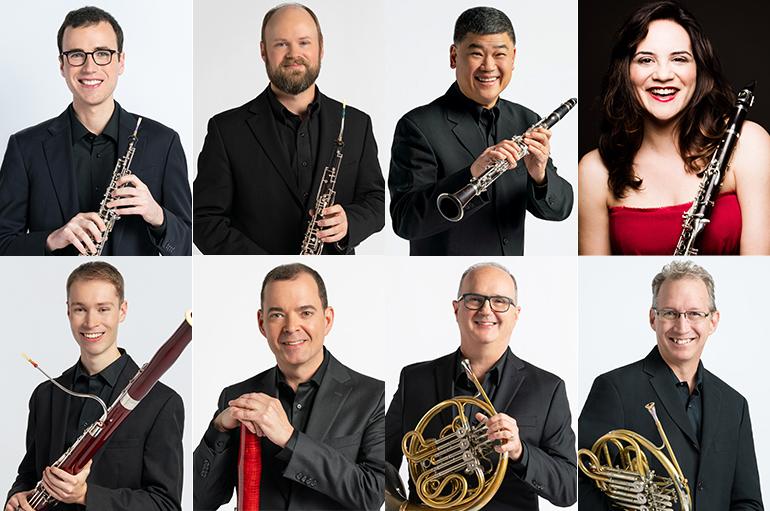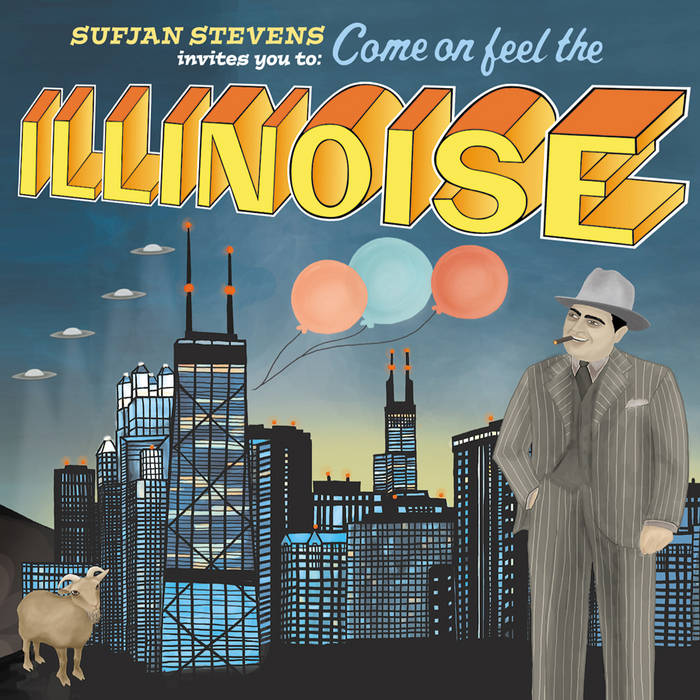Patrick Thomas Underwood (A.B. ’03) graduated from UChicago with a degree in Cinema and Media studies, studied opera in Venice for a year after graduation, and received an M.F.A from the American Film Institute in Los Angeles in 2008. In 2009, he moved back to Chicago and shortly thereafter began work on The Middle Distance, a character drama set in the depths of the Michigan winter. The film was shot in New Buffalo and Three Oaks, Michigan during the polar vortex of 2014. Underwood explained that although “you can’t photograph cold… you can make a movie feel cold,” and that winter functions as more than just a setting in the film. Also, that winter boots are important.
Underwood sat down with the Maroon to discuss his debut feature film The Middle Distance, as well as Heat, French filmmaker Olivier Assayas, and how to make a movie with your iPhone.
Chicago Maroon: Why don’t you start by giving me the elevator pitch version of The Middle Distance?
Patrick Thomas Underwood: So, the true elevator pitch is, a guy falls in love with his brother’s fiancée, and complications ensue. The slightly more elaborate pitch is, you have a Don Draper type, intentionally estranged from his family, who thinks he’s living the good life in L.A. His brother calls to tell him their father died. Our guy comes back to the Midwest to help him sell the house. The brother shows up with his fiancée and then has to leave for work, and the fiancée has to stay. Our guy decides to stay because he wants to sell the house, and the two have an unexpected connection.
Lost in Translation was a big influence. Two lost souls get stuck in a place where they don’t really know anyone else and they kind of find each other. I really think—and I’m sure I’m stealing this line from someone—the best love stories are the ones that end badly. I’m not saying the film ends badly, but I like loves that cannot be.
CM: When did you first start writing the script of The Middle Distance, and when did you start production?
PTU: So, I started writing the script in August of 2010. And we were five days away from shooting in March of ’13 when my lead actor called me and said, “Look, man, I got really bad news. I got offered a pilot on ABC and I can’t not take it. Can we push?” And the movie is set in winter. Winter is a character, so pushing meant we’d have to push ’til next year.
It’s a cliché that casting is everything, but it’s true. Even if you’re Hitchcock and say, “actors are cattle”—Hitchcock said it, I’m not saying I believe it— even if that is true, you have to have the right cattle.
So we pushed. In the end it was four years from outline to people sitting in a movie theater with popcorn watching the movie.
CM: How did you come up with the title, and how does it relate to the project?
PTU: So, the honest truth is that my uncle gave me that title. Titles are very valuable, very hard. And my uncle, who’s been a big supporter of mine for many years—he’s a landscape photographer—we were talking about the movie one day and he interrupted me and said, “I’ve got a title: The Middle Distance.” And I immediately was like, “Oh, that’s a good title.”
There’s an idea in art, especially in painting and photography, that the middle distance is what ties together the background and the foreground. But it’s also something that is easily ignored. I liked that idea a lot.
CM: You mentioned earlier that Lost in Translation was an influence. I also read that [Assayas’] Summer Hours was one of your influences for this film. It definitely has a thematic resonance—the story of the family coming together over the death of a parent—but I wondered if there was anything else you took from his style?
PTU: My favorite filmmaker is Yasujiro Ozu. And I think there’s a lot of Ozu in Summer Hours, in terms of family drama, a keen sense of things passing away. It is very much a picture of the faster, upper-middle class lives that I think many people in major metropolitan centers of the world live. It’s a new model of life, I think, in a lot of ways.
Ozu is a genius but I think part of that is that cinema is so much about time, and Ozu is so much about time. And how time is always slipping away, no matter what. And I think all the films I love are in some way about that.
Heat is one of my favorite films. The DeNiro character has, in his hands, this chance to capture something and it’s slipping away from him as we’re watching. Now maybe that’s not so much about time as about his bad decisions, but it’s in there. There’s a mournfulness in Heat, and I think that’s about the inevitability of missed opportunity and things passing.
But, forget about Heat, Ozu is all about that. And I think Ozu managed to put that on film in a way that no one really has ever been able to do, and I think Assayas does that in Summer Hours.
I think that Summer Hours is one of the best examples of the last 10 years of films that just nail that incredible subtle, delicate, light touch. It gets at the ephemeral. I think it’s in the camera; I think it’s in the lighting. I love Summer Hours, and I think Ozu would’ve liked it a lot.
CM: And have you seen Assayas’ newest, Clouds of Sils Maria?
PTU: I have. I didn’t love it. I found the meta-ness of it a little exhausting. But Kristen Stewart has grown on me a lot as an actor. For my new project, she’s like my dream lead.
CM: Part of the reason I bring up Sils Maria is that I think it sort of has resonance with this idea of locations “becoming characters.” What is the importance of the landscape in this film?
PTU: I really wanted to have very big vistas that dwarfed verywlittle people. There Will be Blood was an influence. We jokingly said we want to make Lost in Translation meets There Will be Blood. I really wanted to give this film as much of the sense of the epic as I could. The change in this film is a small change, no one’s saving the world, no one’s dying –
CM: Except the dad.
PTU: Right, but still it’s a small change. An incremental change. To me, there’s something relatable about incremental change, and I wanted to make that feel as big as possible, in spite of the fact that it is a small change for the character.
CM: Are there any plans for this film after the festival?
PTU: The hope is to play a handful of festivals in the new year, and then the ultimate goal is to get distribution.
CM: What are you up to after this film?
PTU: Working on a new script, set in Chicago. It’s the polar opposite—like the intersection of politics, the police, and the inner city. And it’s a thriller.
CM: À la Heat?
PTU: More Collateral. Sort of one night.
CM: If you could tell college students interested in going into filmmaking, into directing, one thing to do, what would it be?
PTU: I mean, this is such a cliché, but I think it’s true: I made the mistake of getting caught up in the equipment and not just going out and shooting.
I’m sure some of your readers saw Tangerine. Tangerine was shot on an iPhone. [And it was] played all over and was one of the two biggest movies at Sundance! It’s really good, it feels big, epic, and it’s shot on the phone you have in your pocket.
I heard someone say one time that the best film school is to shoot twelve shorts over the course of twelve months. Just shoot someone making coffee. How do you see that scene? How do you see someone making a cup of coffee? I see that in a specific way. You’re going to see it in a different way. Shoot that.
The other thing is I would tell everyone to watch Mark Duplass’ keynote address at South by Southwest. It’s on YouTube. The title of it is “The Cavalry Isn’t Coming.”
Lastly, I would say to look at what’s working. Look at what people are actually seeing. I think it is worth your time to see the movies that are like showing up at the Music Box, showing up at AMC Independent. You’re not going to have a big star in your next film. Edge is good; people want to see edge.
CM: My last question is partly a joke, but…what went into your decision to use your first, middle, and last names professionally?
PTU: I’ll be totally honest, growing up I was always embarrassed about my name because Underwood became “underwear” really fast, and I just thought Thomas sounded old. Thomas was my grandpa’s name.
But Patrick Thomas Underwood, I’ve been told, sounds like a good filmmaker name. And of course the other reason is, there’s another P.T. out there —P.T. Anderson—and I think he’s the greatest living filmmaker. And, I don’t know, it’s like an homage to Paul Thomas Anderson. I hope he reads this and laughs a bit.
Patrick Thomas Underwood has previously written and directed seven shorts. The Middle Distance will have its world premiere at the Chicago International Film Festival on Friday, October 23 at 6 p.m. at AMC River East. Additional screenings will be held on the October 24 and 26.









